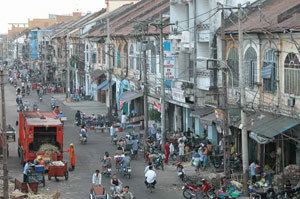Chinese 堤岸 Hanyu Pinyin IPA [tíˈân] | Literal meaning embankment Wade–Giles Tian Jyutping taingon | |
Vietnam ho chi minh city walk cholon 3 dist 5 6 2016
Chợ Lớn ( listen) is a quarter of Ho Chi Minh City (formerly Saigon), in Vietnam. It lies on the west bank of the Saigon River, having Bình Tây Market as its central market. Cholon consists of the western half of District 5 as well as several adjoining neighborhoods in District 6. The quarter is long inhabited by Chinese people, and is considered the largest Chinatown in the world by area.
Contents
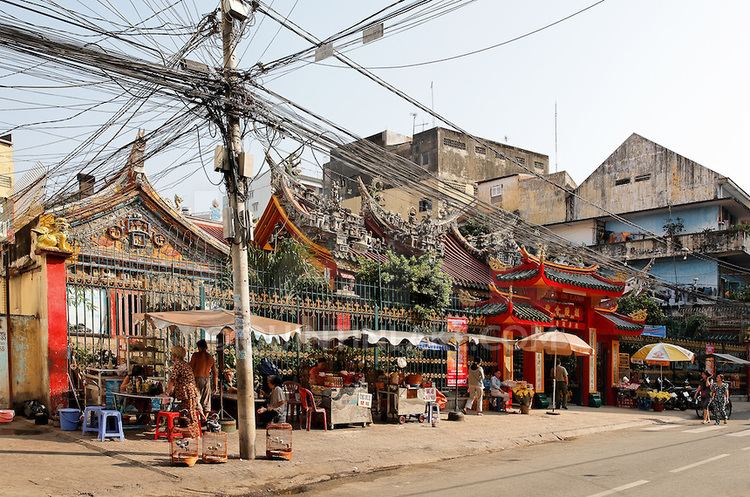
The Vietnamese name Cholon literally means "big" (lớn) "market" (chợ). The Chinese name (and original name) of Cholon is 堤岸 (pronounced Tai-Ngon in Cantonese and Dī'àn in Mandarin, which means "embankment" (French: quais). The Vietnamese reading of the Chinese name is Đê Ngạn, but this is rarely used. Vietnamese speakers exclusively use the name Chợ Lớn, while Chinese speakers (both inside Vietnam and in China) are the only users of the original Chinese name.
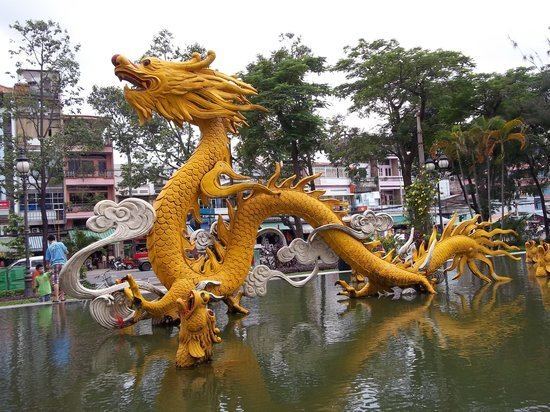
In 1778, the Hoa (Chinese minority of Vietnam) living in Biên Hòa had to take refuge in what is now Cholon because they were retaliated against by the Tây Sơn forces for their support of the Nguyễn lords. In 1782, they were again massacred by the Tây Sơn and had to rebuild. They built high embankments against the flows of the river, and called their new settlement Tai-Ngon (meaning "embankment" in Cantonese).

Cholon was incorporated as a city in 1879, 11 km from Saigon. By the 1930s, it had expanded to the city limit of Saigon. On 27 April 1931, Cholon and the neighbouring city Saïgon were merged to form a single city called ‘Saigon–Cholon’. The official name, however, never entered everyday vernacular and the city continued to be referred to as ‘Saigon’. ‘Cholon’ was dropped from the city's official name in 1956, after Vietnam gained independence from France in 1955.
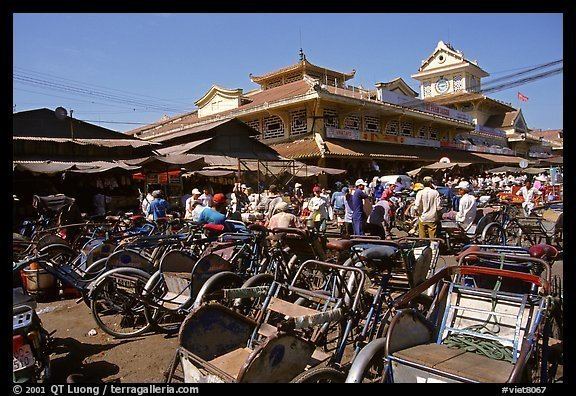
During the Vietnam War, soldiers and deserters from the United States Army maintained a thriving black market at Cholon, trading in various American and especially U.S Army-issue items. This was the area, near the Quan Âm Pagoda where photojournalist Eddie Adams took his famous execution photograph. Four Australian journalists were also killed in Cholon during the Tet Offensive in 1968.
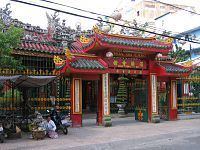
Today, Cholon especially attracts many Mainland Chinese and Taiwanese tourists.
Notable residents
